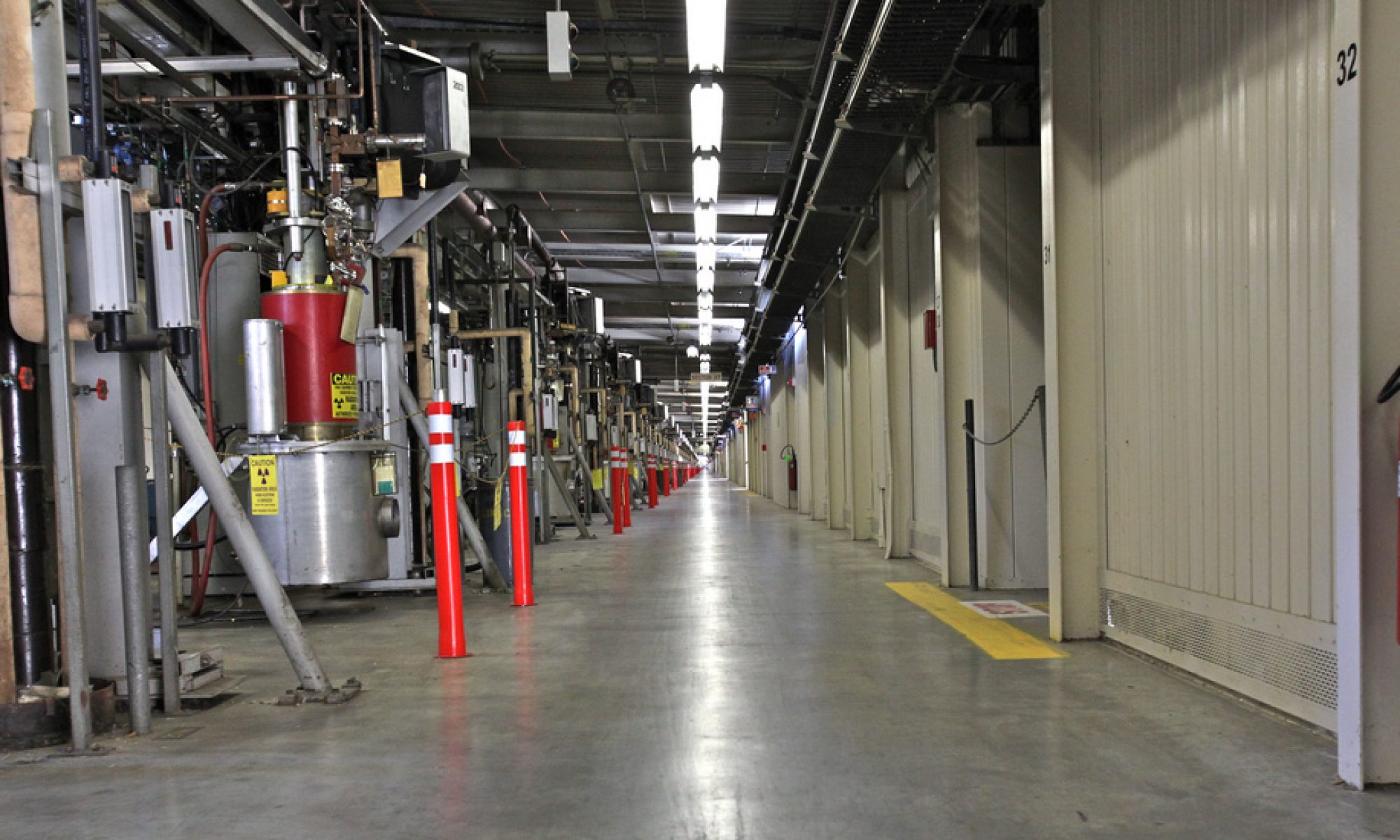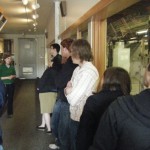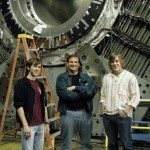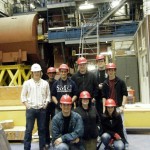Our last full day of the trip began with a drive up the peninsula’s scenic highway, 280, to highway 1, and then just shy of the Golden Gate Bridge. Construction routed us away from the usual exit and instead up a scenic road overlooking the Pacific and the mouth of the Golden Gate. Eventually, we wound our way through SF city streets to the Exploratorium, a massive building next to the Palace of Fine Arts.
Unknown to us before we arrived, an awards dinner was being hosted there that night. About half the exhibits were closed off, along with the cafe. We got half-price admission as a result, and spent the next 1.5 hours playing with infrared cameras, soap bubbles, ore-rich sand and magnets, vortices, optical tricks, sound demonstrations, and my favorite: the cloud chamber.
We left as the Exploratorium was closing and headed over to Fisherman’s Wharf. After some initial exploring as a group, we broke into two smaller groups: one for Ghiradelli Square and the other for a walk out to a pier for photos of the city. When we regrouped at 5, we headed into one of the wharf’s many seafood restaurants for the final dinner of the trip. Over crab and shrimp and scallops, we traded stories and talked about all the things to come this summer.
We closed the day just an hour before sunset by parking at the Golden Gate Bridge and walking the whole 1.7 miles across, then the same back. The air was cool and windy, the traffic heavy over the bridge, and the city glowing like embers in the last rays of the setting sun. Building windows across the bay, in the Oakland hills, blazed like beacons in the sunset. We finally all arrived back at our van and headed back to the hotel.
We are all extremely grateful for Mr. Lightner’s support for this unique trip: a chance for the SPS students to experience a unique cradle of science and technology and all the environs that make people want to live here. Today, we concentrate on getting home.



